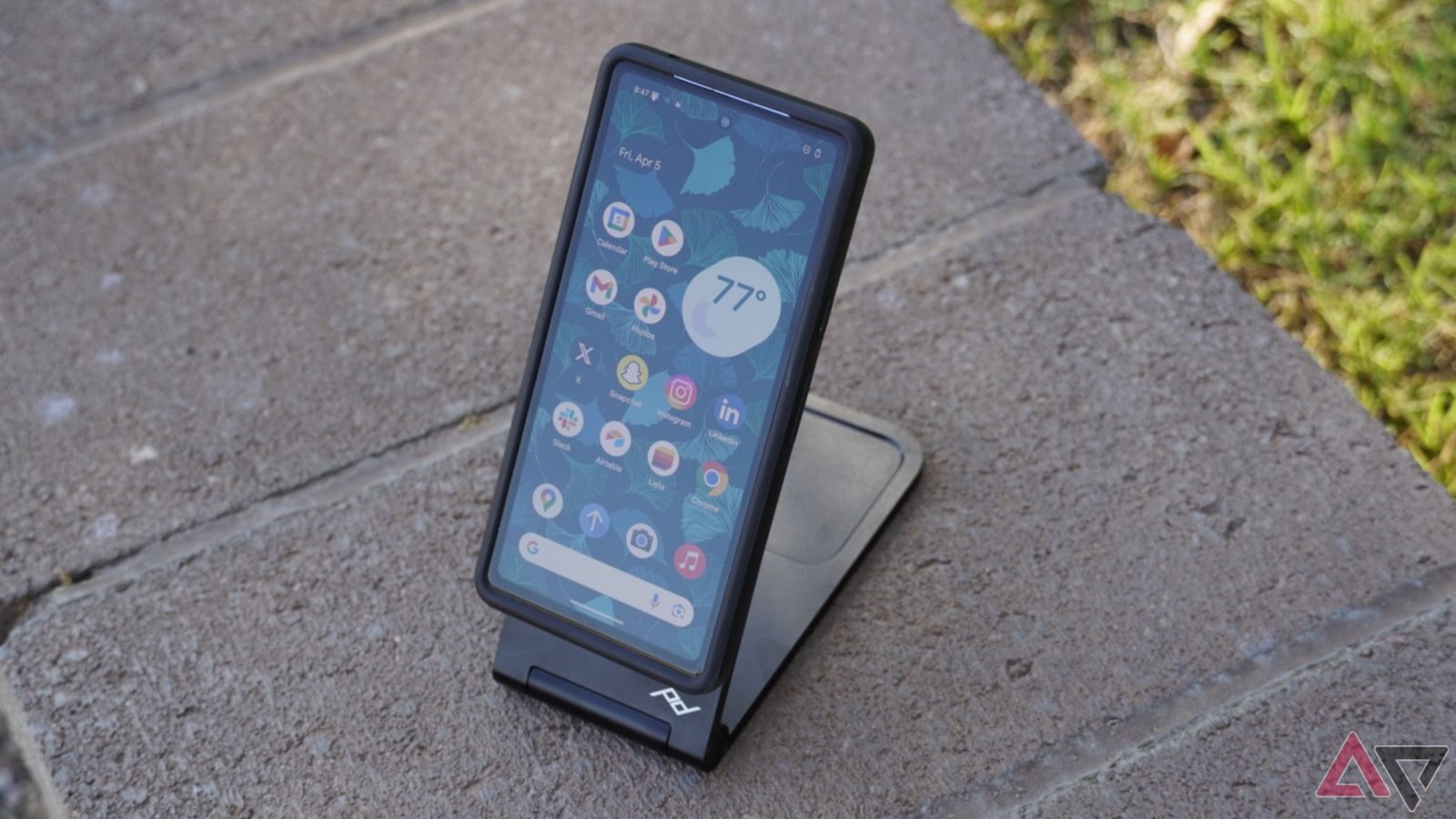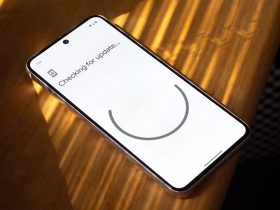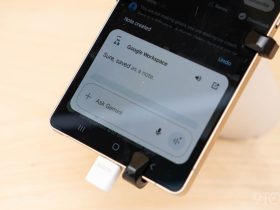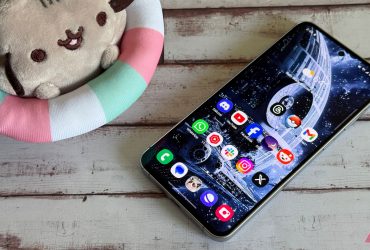5 Reasons Why Wireless Charging Still Doesn’t Make Sense To Me (Even Qi2)

Contents
Wireless charging has been around for over a decade, and even though the technology has come a long way, I still don’t get the point of buying a wireless charger for your smartphone. I know you’ll quickly point out that wireless charging is all about convenience — simply drop your phone on a charging pad, forget cables, and enjoy hassle-free charging. But is it really that much more convenient than wired charging, especially with fast charging being so widely available? I’d say no.
Sure, the new Qi2 standard, inspired by Apple’s MagSafe technology, promises faster and more efficient charging, but wireless charging still falls short in day-to-day use, at least for me. You’d think technology like this would make your life easier, but often it does quite the opposite. Whenever I’ve used a wireless charger before, I’ve had to deal with its own set of headaches, like alignment issues, slower speeds, overheating, etc. Although Qi2 addresses some of these concerns, I’m still not ready to ditch my wired charger for these reasons.

Related
What is Qi2 wireless charging?
MagSafe for the Android masses
5 It’s not truly wireless yet
What’s the point if you still have to deal with cables?

Wireless charging is supposed to give me freedom from cables, but that’s not what I get when I buy a wireless charger. Whether you buy a charging puck, pad, or stand, you still have a cable coming out of it that plugs into the power outlet. This defeats the sole purpose of going wireless in the first place. A dedicated pad that occupies more space on my desk adds clutter rather than reducing it. Plus, you can’t move your phone around while it’s charging without interrupting the charge.
With wired charging, all I have to deal with is a cable. I don’t have to worry about placement or making space for it on my desk or nightstand. I can use my phone while lying in bed and move around without losing power. Instead of convenience, what I get is restricted mobility with wireless charging pads. True wireless charging would mean that I can charge my phone across distances without physical contact — something like Xiaomi’s Mi Air Charge concept, but we’re far from making that a reality.
4 It’s still not fast and efficient enough
Coils and air gaps make power loss inevitable

Using a wireless charger means sacrificing charging speed and efficiency. Although the Qi2 standard promises efficiency improvements, thanks to optimal positioning with magnetic alignment, it still cannot match the efficiency of wired charging. Qi2 can reach up to 15W charging speeds, but that number pales in comparison to most of the fast charging options available in the market today. For example, Samsung’s Galaxy S25 Ultra can fast charge at up to 45W, allowing it to hit 50% of charge in just 20 minutes.
So, if I can charge my phone much faster with a cable and continue using it for the rest of the day after 20 minutes, why would I bother placing it on a charging pad and wait well over an hour? And let’s not forget that you’re pretty much using more electricity than necessary to get the same result with a wireless charger, because of energy lost as heat. All in all, wired charging is clearly the superior choice if charging speed and efficiency matter to you, and I don’t see that changing in the foreseeable future.
3 Overheating is still a problem
Excessive heat isn’t good for your phone’s battery

Wireless charging inherently produces more heat compared to wired charging, and Qi2 is no exception. Even though the magnetic alignment improves efficiency, Qi2’s higher power delivery will generate more heat, and this can impact your phone’s battery health in the long run. Every time you wirelessly charge your phone, you’re basically exposing its battery to higher temperatures, which accelerates the rate at which the battery capacity degrades over time.
Whenever I have used a wireless charger, I couldn’t help but notice how warm my phone felt after picking it up from the pad; it was uncomfortable to the touch. Sure, fast wired charging also makes my phone warm, but not as much as wireless charging. This is more of a concern in faster proprietary wireless charging solutions like the ones from OnePlus, Motorola, and Xiaomi, which push 50W or more through induction coils. The faster you try to charge your phone wirelessly, the hotter your phone becomes, meaning you’re sacrificing your phone’s battery longevity for speed.
2 Optimal results require perfect alignment
But even Qi2’s active magnetic alignment isn’t foolproof

Proper alignment has always been crucial for optimal wireless charging speeds, and getting that done with Qi chargers was tricky due to the lack of magnets. Qi2’s MagSafe-inspired magnetic alignment addresses this concern, but that doesn’t always guarantee perfect placement. Remember that charging pads differ in magnet strength, and phone cases can also affect alignment. Thick or rugged cases, especially those without magnets, can weaken magnetic adherence, which results in suboptimal charging speeds.
With a wired charger, I only need to worry about plugging the USB-C cable into my phone’s charging port. I don’t have to waste time putting effort into proper alignment or removing the case to maximize charging speed or efficiency. Unfortunately, my Galaxy Z Flip 5 doesn’t support Qi2, so even a minor shift can significantly slow down the wireless charging speed. For these reasons, I’d argue that wireless charging is far less reliable for overnight charging than wired charging.
1 Costs and compatibility issues
Wireless chargers aren’t universally compatible

Despite being around for over a decade, wireless chargers still cost more than wired chargers — well, at least the good ones. This is especially true for Qi2-certified wireless chargers, since it’s a newer standard. For example, you can easily find a 25W USB-C charger on Amazon for under $10, but you’ll struggle to find a Qi2 charger for under $15. The cost only goes up if you opt for reputable brands like Anker.
Expense aside, wireless chargers aren’t universally compatible with all Android devices. Unlike the USB-C port, which is a standard on modern phones and tablets, some devices still don’t support wireless charging. Although Qi is a widely adopted standard today, Qi2 is struggling with mainstream adoption because of minimal speed improvements and the need for magnets. Manufacturers are also coming out with faster proprietary wireless charging solutions like OnePlus AIRVOOC, Motorola TurboPower, and Xiaomi HyperCharge, which give Qi2 a run for its money in terms of speeds. The lack of a universal wireless charging standard deters consumers like me from spending a premium on wireless chargers that may not be compatible with newer devices down the line.
Wireless charging needs a fundamental change

Despite the incremental improvements that the Qi2 standard brings to the table, wireless charging tech hasn’t fundamentally changed. We still have to deal with most of the drawbacks that plagued wireless chargers from a decade ago, like slow speeds, increased heat generation, and subpar efficiency. Proprietary charging solutions have made strides in this space, but that requires me to remain loyal to a particular brand.
My biggest issue right now is that today’s wireless charging tech doesn’t provide a truly cable-free experience for convenience. What we need is a distance-based charging solution with similar efficiency, acceptable speeds, and universal compatibility. Until that happens, I don’t see myself ditching my trusty USB-C charger anytime soon.

Related
What’s your reaction?
Love0
Sad0
Happy0
Sleepy0
Angry0
Dead0
Wink0








Leave a Reply
View Comments